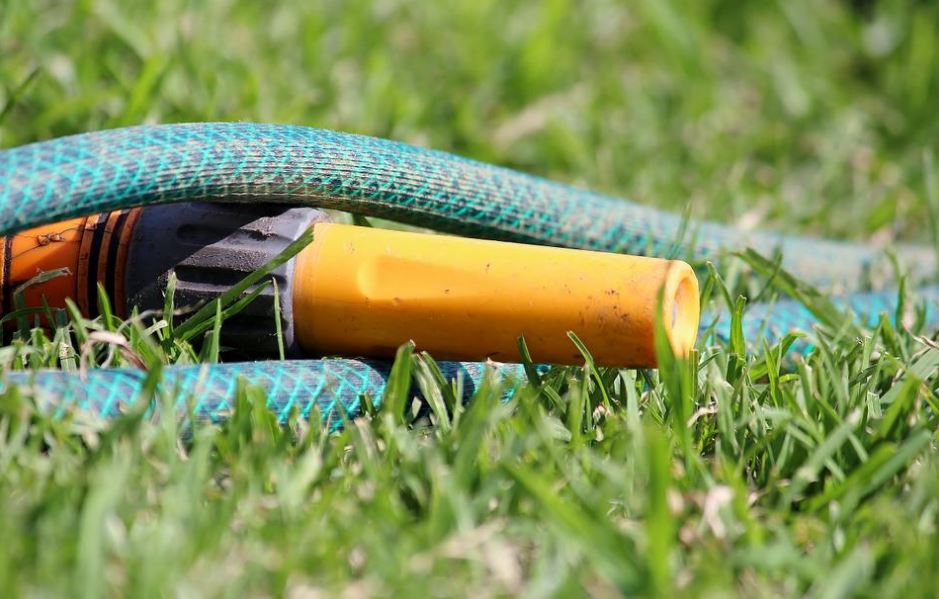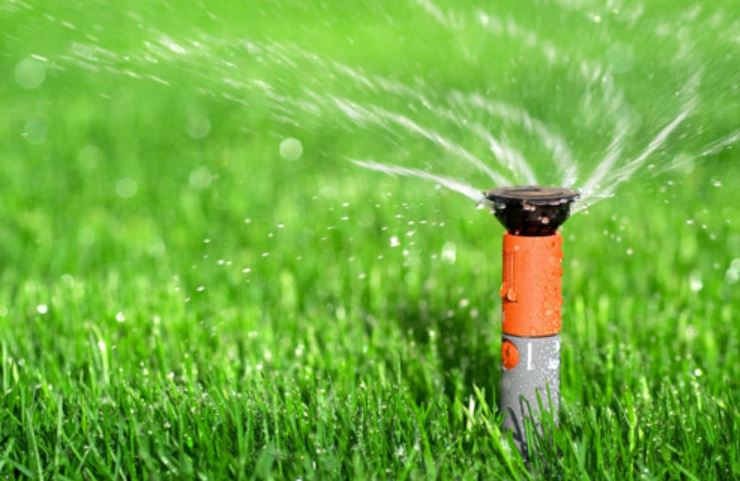This article discusses different types of Garden Hoses. Before buying a garden hose we must understand what it means and the different ways in which it can be used. The features of a garden hose must be considered in the first place before you get one. This article takes you through all this information and answers all your queries related to all types of garden hoses. Read the full article for details.

What is a Garden Hose
“Hose” is a word used widely by Britishers, which means any flexible pipe that carries water. Therefore, the Garden hose chiefly indicates a flexible pipe used in the garden. At the end of the Garden hose, there is usually an attachment used to sprinkle or concentrate water. This hose can be connected to any tap or spigot in the garden to use water in different ways.
Features of Garden Hose
When we talk about an ideal garden hose, it must have certain features that distinguish it from many other hoses on the market. Although, all garden hoses come with different features, however, the best ones should possess some of the following features:
- It should be lightweight making it easy to carry and coil. Also, lightweight material is less rigid and is probably more durable and hard to crack.
- The garden hose should also be equipped with an excellent nozzle, preferably made out of stainless steel.
- Aside from a flexible material being hard to crack, it is also beneficial for coiling the Hose.
- The outside surface should be coarse, so as to not cause slippage.
- However, the inside surface should be smooth as it encourages a fast flow of water.
Types of Garden Hose
There are multiple types of Garden Hose that cater to different purposes in gardens. Let us discover the ones that I found interesting:
- Rubber Hoses: Rubber hoses weigh a little bit more than some of the other hoses available. These hoses are composed of robust materials and have a longer lifespan. They are simple to the coil and often shook without showing wrinkles.
- Polyurethane hose: The lightweight garden hose is made of polyurethane. However, coiling it is not all that simple, and bending it while in use frequently takes time. Because of the stiffness of the material, usage is challenging.
- Vinyl hose: It is the market’s least expensive hose. Each use has advantages and disadvantages. The hose is made durable by having a pattern of mesh-like material on the outside. However, it repeatedly kinks from the same location and is difficult to coil. It can be used by attaching a sprinkler at the end and left alone by putting timers on the tap.
- Metal Hose: Metal hoses are costlier than other hoses as they are more durable, lightweight, and manageable. It gets heated under the sunlight but gets to the right temperature very quickly. It can snag on edges or crevices in the concrete, but you can break it free by snapping it like a whip.
- Polymer Hose: This crazily kinking hose is extremely lightweight and very easy to use. It doesn’t leave a crease even if it kinks repeatedly. It fits around the plants and pots due to its commendable flexibility.
- Soaker Hose: A soaker hose can be left in the garden for all the season and it will keep the roots watered with an ample amount of supply. Moreover, the soaker garden hose uses way less water than any other hose on the market. It directly waters the roots after it is placed above the soil and prevents heavy water wastage.
- Expandable hose: All other hoses on the market are quite different from expandable hoses. You don’t need to coil it repeatedly. No matter how long it is, it fits in itself. It can be stretched when in use and folded back into itself once the water has been completely drained. However, because it is composed of a light material that is simple to fold, it is not strong enough. When it’s in use, you have to be careful not to walk or drive across it.
Related:
Care for your Garden Hose – make it durable
When you buy a product, you must care for its durability and functioning. To make your Garden hose live long is not a difficult task. It just takes a few steps to maintain the quality of the hose. Here are the things that you can take care of while using any kind of garden hose:
- Clean your garden hose after use immediately after draining the water.
- Avoid pulling the garden hose from the tap and in the middle of the water supply. This may permanently kink a few kinds of Garden hose.
- Coil or fold the garden hose after clearing the kinks to prevent cracks.
- Do not store the garden hose metal or rubber garden hose in extreme temperatures as it disturbs the quality of the hose material.
- If you hang the coiled hose, do not use sharp material or hook as it can cause cracks or holes in the hose.
Summing it up
Garden hoses are a very important home accessory, for many people they make life easier and garden work much simpler. There are multiple different types of garden hoses to choose from, however, they all accomplish the same basic function. The different choices in garden hose fittings are there to specify the functions they perform and to diversify their actions.



